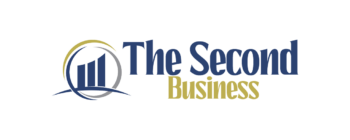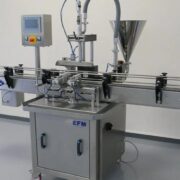As technology continues to advance, healthcare call centers have become an essential part of the healthcare industry. These call centers are responsible for handling a wide range of tasks, from scheduling appointments to answering patient inquiries. With such a crucial role, it is important to track and measure the performance of these call centers through various metrics. So without further ado, let’s dive into the top healthcare call center metrics that you should be tracking.
Why Measure Call Center Performance?
Having metrics in place allows healthcare call centers to evaluate their performance and identify areas for improvement. It also provides valuable insights into patient satisfaction levels and the overall efficiency of the call center. By tracking metrics, call centers can make data-driven decisions to enhance their operations and ultimately deliver better patient care.
Healthcare Call Center Metrics
Some of the key metrics that healthcare call centers should be tracking are:
1. Average Call Handling Time (AHT)
This indicator shows how long it typically takes a call center agent to handle a call, from the start to the finish. A lower AHT indicates faster call resolution and higher efficiency in handling patient inquiries. By tracking AHT, call centers can identify areas where agents may need additional training or tips for improving customer service in a healthcare call center. This can help in reducing wait times and improving the overall patient experience and satisfaction.
2. First Call Resolution (FCR)
The first call resolution rate (FCR) is the proportion of calls that are handled over the phone without requiring a follow-up or repeat call. A high FCR rate is an indicator of a well-functioning call center with knowledgeable and efficient agents. It also reflects positively on patient experience, as they are able to have their concerns addressed in one call rather than having to make multiple calls for the same issue.
3. Abandonment Rate
This metric measures the percentage of calls that are abandoned by patients before they can reach a call center agent. A high abandonment rate may indicate long wait times or inadequate staffing, which can negatively impact patient satisfaction. By tracking this metric, call centers can identify peak hours and allocate resources accordingly to reduce wait times and improve overall patient experience.
4. Call Quality Score (CQS)
CQS measures the quality of calls based on predefined criteria such as the agent’s tone, empathy, and accuracy in providing information. It provides insight into the effectiveness of call center training programs and helps identify areas for improvement. By monitoring CQS, call centers can ensure that their agents are providing the best possible service to patients.
5. Service Level
Service level measures the percentage of calls answered within a specified timeframe, usually during peak hours. This metric is crucial in ensuring maximum patient satisfaction and preventing long wait times. By tracking service levels, call centers can adjust staffing levels during peak hours or implement call routing strategies to improve overall efficiency.
6. Other Metrics to Consider
In addition to these metrics, call centers provide valuable data on patient demographics, call volume trends, and the types of inquiries handled. By regularly monitoring these metrics and taking steps to improve them, call centers can enhance their performance and better serve patients.
Overall, tracking and measuring these metrics is crucial for the success of healthcare call centers in providing excellent patient care and satisfaction. To learn more about the importance of healthcare call center metrics in improving patient care, check out this blog post. It has a detailed explanation of each metric and the benefits of tracking them.
Conclusion
In a constantly evolving healthcare landscape, it is essential for call centers to continuously evaluate their performance and make necessary improvements. By tracking the right metrics, call centers can not only improve their efficiency but also enhance patient experience and satisfaction. As technology continues to advance, the use of data-driven analytics in healthcare call centers will become even more crucial in delivering high-quality patient care. So, make sure to regularly track and monitor these metrics to stay ahead in the game!





Comments